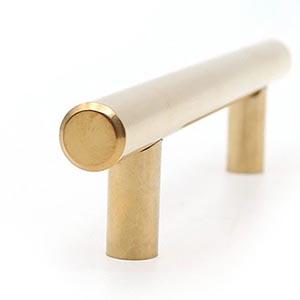How Mirrors Reflect Light
Understanding the Mechanics of Reflection
Mirrors, whether they be bathroom mirrors, car mirrors, or decorative mirrors, all work on the principle of reflection. When light hits a mirror, it undergoes a process called specular reflection. This means that the angle at which the light strikes the mirror is equal to the angle at which it reflects off. The smooth surface of the mirror allows light waves to bounce off uniformly, creating a clear and accurate reflection [5].

The Law of Reflection
The process of reflection follows the law of reflection, which states that the angle of incidence (the angle at which light strikes the mirror) is equal to the angle of reflection (the angle at which light bounces off the mirror). This fundamental principle governs how light interacts with mirrors and enables us to predict the behavior of reflected light rays [6].
Internal Structure of Mirrors
Most mirrors consist of a reflective coating applied to one side of a glass or metal substrate. The reflective coating, often made of silver, aluminum, or other metals, provides the surface that reflects light. Behind the reflective layer is typically a protective layer to prevent damage to the reflective surface [1].
Color of Mirrors
The color of a mirror is a result of its reflective properties. Technically, most mirrors are white with a slight green tinge. This color arises because mirrors reflect all colors of light equally. However, the human eye perceives the reflection as greenish due to the way our eyes interpret the combination of reflected light [4].
Specialized Mirrors
While standard mirrors reflect light in a predictable manner, specialized mirrors can manipulate light in unique ways. One example is a two-way mirror, also known as a half-silvered mirror, which reflects light on one side while allowing light to pass through from the other side. This effect is commonly used in one-way mirrors for surveillance purposes [5].
Applications of Mirrors
Mirrors have a wide range of applications beyond simple reflection. They are used in optical instruments such as telescopes and microscopes to gather and focus light. In photography, mirrors are essential components of cameras, allowing photographers to view and capture images. Additionally, mirrors are employed in laser systems, solar energy collection, and artistic installations [5].
Conclusion
Mirrors play a fundamental role in our daily lives, enabling us to see ourselves, our surroundings, and the world beyond what our eyes can perceive directly. By understanding how mirrors reflect light and the principles that govern their behavior, we gain insight into the science behind this essential optical device.
Mirrors not only serve practical purposes but also inspire fascination and creativity in art, science, and technology. As we continue to innovate and explore new applications for mirrors, their impact on our lives and society will undoubtedly continue to grow.
 English
English Russian
Russian




